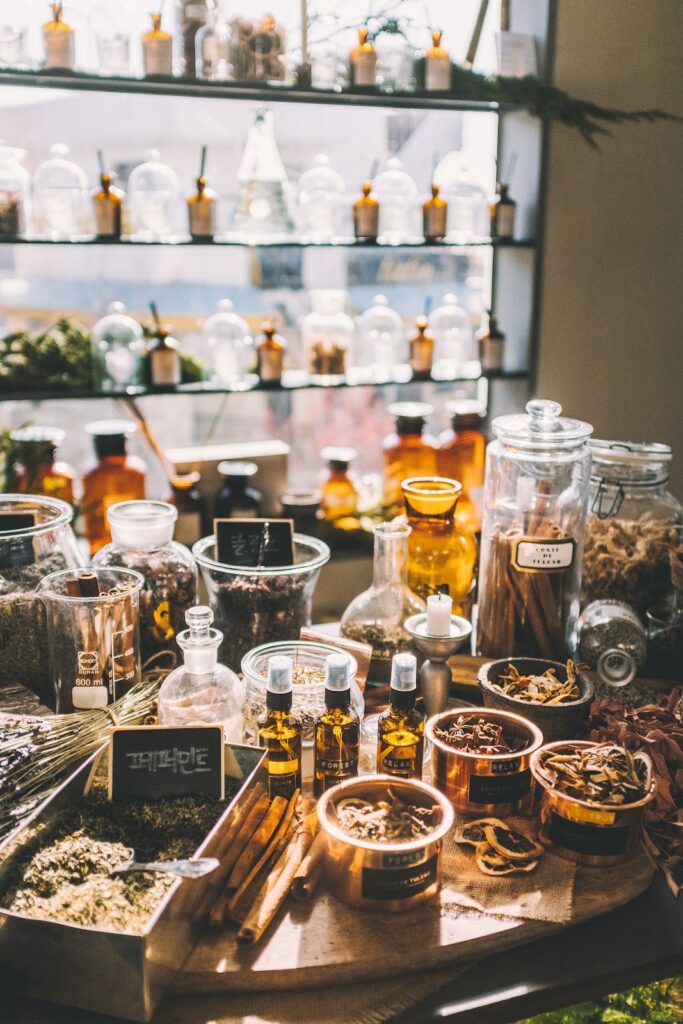Creating your own perfume is not only an art but also a very personal thing. Imagine entering a room and leaving behind a trail of scent that is unique to you and yours, telling your story through the fragrance. A little patience and creativity will lead you to crafting a signature fragrance that speaks for you and your personality. Let’s dive into the world of DIY perfumery and discover how to make your custom scent.
Why Make Your Own Perfume?

Creating your perfume is more than just a good fragrance. Here’s why you may want to do it:
Unique: Perfumes in stores are lovely, but they are all the same since they are manufactured. A DIY perfume is one-of-a-kind.
Control of Ingredients: The strength, the notes, or even ingredients if allergies or sensitivity occur.
Cost: Perfume made at home saves you money rather than high-end designer fragrances.
Sustainability: Use ingredients that are non-toxic and cruelty-free to align with your values.
The Basics of Perfumery
Before you begin mixing, it’s good to know the anatomy of a perfume. Fragrances are constructed on three layers of notes:
Top Notes: Top notes are what you smell first and generally last between 5–15 minutes. Consider citrus, herbs, or light florals.
Middle Notes (Heart Notes): These emerge as the top notes fade, lasting for 20–60 minutes. They’re typically florals, spices, or fruity notes.
Base Notes: These are the foundation of your fragrance, lasting several hours. Common base notes include vanilla, musk, and woods.
The right balance between these layers creates a harmonious scent that evolves beautifully over time.
Ingredients You’ll Need

To make your perfume, gather the following:
Essential Oils or Fragrance Oils: These are the base of your fragrance.
Carrier Oil or Alcohol: For example, jojoba oil, sweet almond oil, or perfumer’s alcohol.
Distilled Water: It ensures that the blend will not clog and will be able to spray perfectly.
Droppers and measuring tools: To exactly measure the amounts.
Amber Glass Bottles: To store your perfume from light. Your perfume would then last for a much longer period.
Notebook: To document your experiments and formulas.

Follow these steps to create your custom fragrance:
- Define Your Scent Vision
What do you want your perfume to convey? Fresh and citrusy? Warm and spicy? Romantic and floral? Start with a mood or theme and choose notes that align with it. For example:
Fresh: Lemon, bergamot, eucalyptus
Romantic: Rose, jasmine, sandalwood
Earthy: Patchouli, cedarwood, vetiver
- Select Your Notes
Choose 2–4 oils for each layer (top, middle, base). Keep in mind that:
Top notes should be bright and revivifying.
Middle notes should have the highest content and should offer complexity.
The base notes have to give ground to the concoction and the longest lasting as well.
- Testing and Blending
Use little to start with. An ideal ratio will be 3:2:1 of the top, middle, and the base. This implies that for the 6 total drops of concoction used for blending,
For example:
Drop 3 Top notes
2 Middle notes drops
1 Drop of the Base end
Mix them in a clean glass container and give the blend a sniff. Adjust as needed until it feels balanced.
- Dilute Your Blend
Once you’re happy with the aroma, dilute the concentrate.
Oil-Based Perfume: Add your blend to a carrier oil (jojoba or sweet almond) at a 20% concentration. For example, mix 20 drops of essential oil with 80 drops of carrier oil.
Perfume in Alcohol: Mix your perfume with perfumer’s alcohol (approximately 70–80% alcohol to 20–30% essential oils).
- Allow It to Mature
The best things come with time. Store your blend in an amber glass bottle in a cool, dark location for 2–4 weeks. During this maturation time, the notes will have melded together and deepened.
- Test and Fine-Tune
Test your perfume after maturation. If something feels off, tweak the formula. You can add more of a particular note or dilute it further if it’s too strong.
- Bottle and Enjoy
Once perfected, transfer your perfume to a spray or roll-on bottle. Label it with your formula and date for reference.
Tips for Successful DIY Perfumery
Start Simple: Stick to a few oils when you’re beginning. Complexity comes with practice.
Less Is More: Essential oils are potent; a little goes a long way.
Take Notes: Record every experiment so you can recreate or refine your blend.
Patch Test: Always test your perfume on a small patch of skin to ensure you’re not allergic to any ingredients.
Ideas for Custom Scents
If you’re unsure where to start, here are some ideas for unique blends:
Citrus Sunshine: Lemon, orange, and grapefruit with a touch of vanilla.
Floral Romance: Rose, lavender, and just a touch of patchouli.
Spiced Elegance: Cinnamon, clove, and sandalwood
Fresh Forest: Pine, cedarwood, and eucalyptus.
The Delight of Customization
Making your own perfume is a very fulfilling experience in self-expression. With every wear of your fragrance, it’s a bit of a reminder of how much love and care goes into it. Then, of course, there are the compliments, which are simply a bonus.
Conclusion
DIY perfumery is more than a hobby; it’s a way to connect with your senses and showcase your individuality. Whether you’re making a scent for yourself or as a gift, the process is as delightful as the end result. So, gather your ingredients, trust your nose, and let your creativity run wild. The perfect signature scent is just a few drops away!
